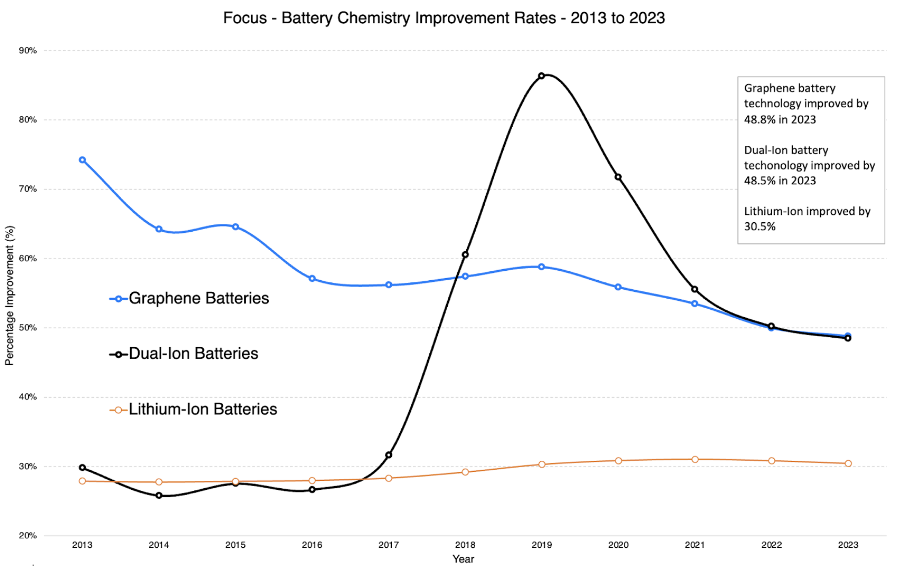Graphene – a single layer of carbon atoms arranged in a hexagonal lattice – has captivated engineers and materials scientists since its isolation in 2004. Renowned for exceptional electrical conductivity (200× copper), mechanical strength (200× steel), thermal stability, and flexibility, graphene promises to transform renewable‑energy technologies, particularly solar photovoltaics (PV) and energy storage.
Yet until recently its adoption remained limited by high production costs and scale challenges. New manufacturing breakthroughs, combined with a rapidly expanding market projected to grow at a 38% CAGR from 2017 to 2025 (global market size: $40.2 M in 2017), are now bringing graphene‑enabled products closer to commercial viability.
Graphene Production: From Lab to Gigascale
Traditional methods—mechanical exfoliation and chemical vapor deposition (CVD)—yield high‑quality graphene but at extremely low throughput and steep cost (approx. $900 for a 4×4‑inch sheet). This makes coating a standard 340 W solar panel (77.2″×39.1″) with graphene cost-prohibitive (~$175,000). The recent “flash graphene” process developed at Rice University overcomes these barriers by Joule‑heating carbon feedstocks (even waste biomass) to produce gram‑scale graphene sheets at $0.02 per gram of input energy, without solvents or additives. If scaled to kilograms, flash graphene could cut prices by three orders of magnitude, unlocking large‑area coatings and bulk battery components.
Graphene‑Enhanced Solar Photovoltaics
Efficiency Gains
Graphene’s high transparency (>97% light transmission) and conductivity improve charge extraction when integrated into silicon heterojunction cells. A recent PV Magazine study demonstrated an 18.8% cell efficiency using a graphene‑silicon heterojunction architecture—comparable to top commercial silicon panels.
Real‑World Performance
Znshine Solar’s graphene‑enhanced PV modules in India report 3–5% higher power output under identical conditions versus conventional modules, translating to increased energy yield and faster return on investment. A graphene‑enabled solar farm trial outperformed nearby commercial silicon arrays by 8% annual energy production.
Market Outlook
Graphene PV modules remain premium products (~10–20% price premium today), but as graphene costs drop, total installed cost per watt is expected to converge with traditional panels by 2027. Forecasts estimate graphene PV could capture 5–10% of the global PV market (currently ~150 GW/year) by 2030.
Graphene in Energy Storage
Lithium‑Ion vs. Graphene Batteries
Graphene additive anodes enhance lithium‑ion battery performance by increasing capacity (up to 25%), boosting charge rates (3–5× faster), and extending cycle life (2–3× longer) compared to graphite anodes. Next‑generation graphene‑only batteries promise energy densities >400 Wh/kg versus ~250 Wh/kg for state‑of‑the‑art lithium‑ion cells.

Data source: Focus
Graphene battery technology has improved by nearly 49% in 2023 — outpacing dual‑ion improvements (48.5%) and significantly exceeding lithium‑ion’s 30.5% improvement rate. This reinforces graphene’s sustained lead in battery innovation.
Electric Vehicle Impact
Graphene-enabled batteries reduce charging time from hours to minutes, cut weight by 30%, and improve thermal stability – key for accelerating EV adoption. Industry leaders (Tesla, BMW) are piloting graphene‑augmented cells, with mass production slated for 2026–27. Market analysts project graphene battery revenue exceeding $5 billion by 2030.
Cost and Equity Considerations
Graphene remains costlier than traditional materials today (graphene priced ~$380 for a 10×10 mm sheet). However, flash graphene and roll‑to‑roll CVD scaling are projected to reduce costs by 90% within five years. As cost barriers fall, broad deployment in PV and batteries can accelerate decarbonization – but equitable access will require policies to ensure underserved communities benefit from lower‑cost clean energy.
Future Expectations
Graphene’s unique combination of conductivity, transparency, and mechanical robustness makes it a transformative material for solar PV and energy storage. While historical costs limited its use to niche applications, breakthroughs like flash graphene are rapidly closing the gap. By 2030, graphene‑enhanced solar panels and batteries are poised to deliver higher efficiency, lower levelized cost of energy, and faster charging electric vehicles—catalyzing a new era of renewable energy adoption.
